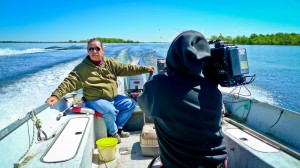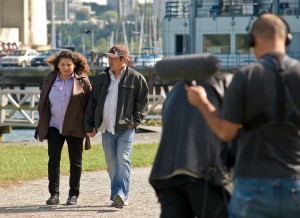Indian Country is more than a legal entity and a state of mind. It is a place journalism must find – by going there – walking the ground, encountering the people, asking questions, listening to the answers.
– Mark Trehant

Credit: urbanrez.ca
The trick to avoiding stereotypical news coverage from Indigenous communities is digging up different stories that don’t fall into those tired victim/warrior narratives, or parrot back the latest press conference called by some Indigenous group. Simple enough, right? You just need to have your ears to the ground in Indigenous communities.
Start by checking in regularly with the numerous Indigenous news websites, such as turtleisland.org, mediaindigena.com, indiancountrytodaymedianetwork.com. Having Indigenous colleagues in your newsroom, or a “rainbow rolodex” (a database of Indigenous contacts) at your fingertips will help too.
But, ultimately, finding those unique stories in Indian Country is hard work. It requires persistence and an inquiring mind. And, more often than not, it takes a trip to the rez (or, in the case of an urban Indigenous community, a trip to THAT side of town).
You’ll find much greater success in finding stories in Indigenous communities if you get off the phone and do your research in person
You’ll find much greater success in finding stories in Indigenous communities if you get off the phone and do your research in person. The distrust of mainstream media that’s built up over years (referred to by one reporter as “guilty until proven innocent” syndrome) often dissolves when a reporter simply takes the time to meet with a story subject.

Credit: urbanrez.ca
Many people – not just Indigenous people – prefer face-to-face interviews because it’s easier to gauge a person’s sincerity, and understand their motives. Doors will start to open for you, when an Indigenous person discovers you’re willing to show respect for their culture, and listen to what they’re saying.
But, to really listen, you’ll need to set aside (at least momentarily) two frames of storytelling hardwired into most news reporters: the hunt for conflict and negative news.



